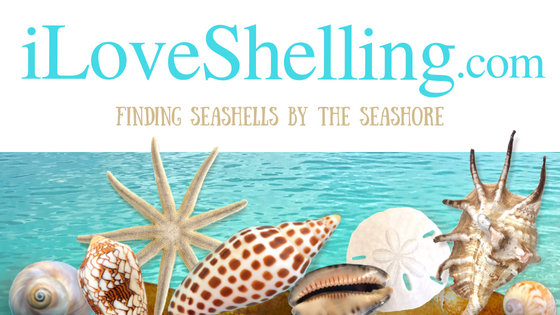Have you ever found one of these shells on Sanibel Island that you couldn’t identify? I’ve been asked to identify this shell with a thick “lip” and one long “wing” hundreds of times.
It happens to be a broken ATLANTIC GIANT COCKLE (most likely they are juvenile shells that are cracked).
… and most likely it was cracked by a bird like this LESSER BLACK-BACKED GULL.
Wanna see how this bird can crack the case of the COCKLE shell? It’s fascinating! This is a VERY. SMART. BIRD.
Join me on a Shelling Adventure! CLICK HERE






That is fascinating!! Such smart birdies!!! Good for them!
YES! Birds are smart…………………!!!
I have that same shell that I have been trying to identify. You can tell it’s some type of cockle but I didn’t know what specifies with the one wing. So you think it’s a broken juvie?
meant to say “species” not “specifies”
Up here the gulls drop various live shells and even large hermit crabbed ones onto the parking lots, or on a concrete surface.
I knew they were pieces of broken cockle shells, but I had know idea how they were broken. Way cool!
mother nature takes care of all species everywhere survival of the fittest they all learn what to do just like we do thanx for sharing that r.g.stein
those black backs are simply amazing….. i’ve seen them actually pick up small rocks and use them like a hammer to open clams on the beach in Massachusetts.
And THAT’S why we shouldn’t THROW shells back in the water to “save” them! right? It can damage them?
Hi Pam, I haven’t met you yet, which surprises me as I haunt the beaches. I LOVE your website!! I was hoping you would compare and contrast brown banded wentletraps and ladder horn snails. I have 1 shell that I can’t properly identify. Thanks a bunch.for all your great information. Hope to meet you soon.
Thats really cool! Who knew? I’ve heard eagles do that with turtles to break their shells.